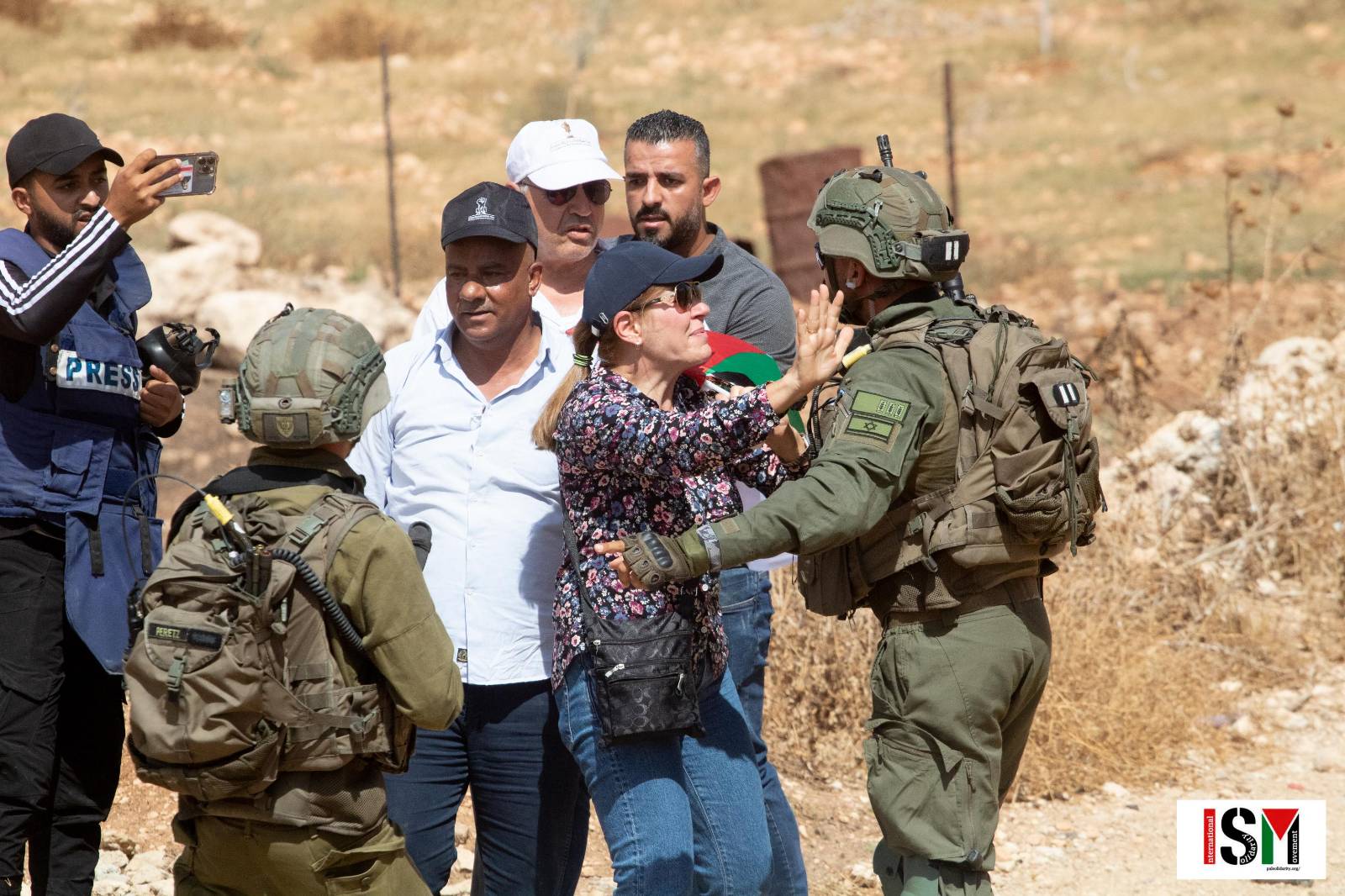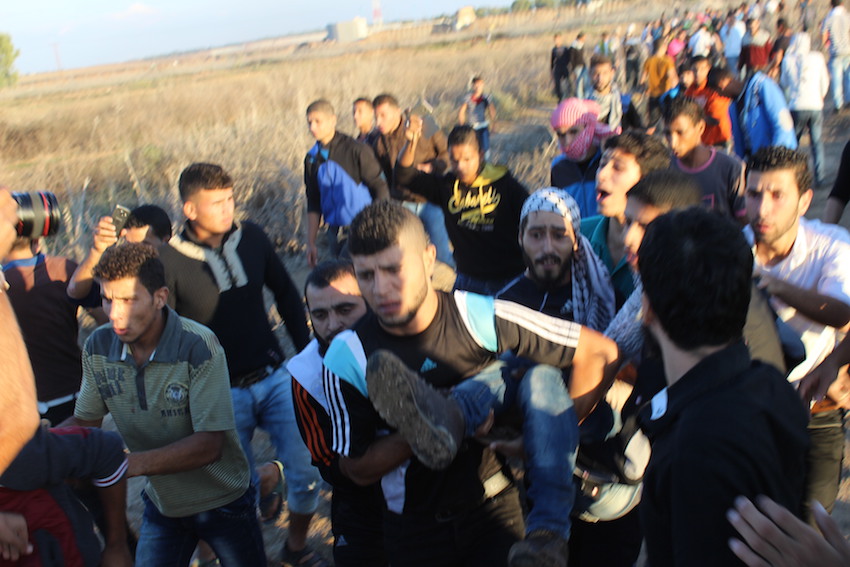Tag: Medics
-

42 Days Transgressed: Legal Restraints on Life Support from Jenin to Gaza City
17 November 2023 | International Solidarity Movement | Jenin, Gaza Through the war riddled lens of Palestinian journalists’ reports and social media posts, we have watched the crossing of an invisible line. As an American nurse doing human rights monitoring work in the occupied West Bank, I woke today to see the lens focused on…
-

Beit Dajan faces the occupation
By. Diana khwaelid for ISM Palestinian activists marked the third consecutive anniversary of the revival of national events to resist the occupation of the lands of Beit Dajan – east of Nablus. At noon on Friday-2-9-2023, Palestinians set off to participate in the weekly march from the village of Beit Dajan to the illegal outpost…
-

Images from Gaza: Another brutal Friday
31st October 2015 | International Solidarity Movement, Gaza team | Gaza Strip, occupied Palestine Images from clashes yesterday, October 30th in Nahel Oz (Shijaia), Occupied Gaza Strip. All photos credited to ISM, Gaza. By the end of clashes yesterday, Minister of Health Dr. Qadra announced 46 people had been injured, including paramedics. Israeli forces met…
